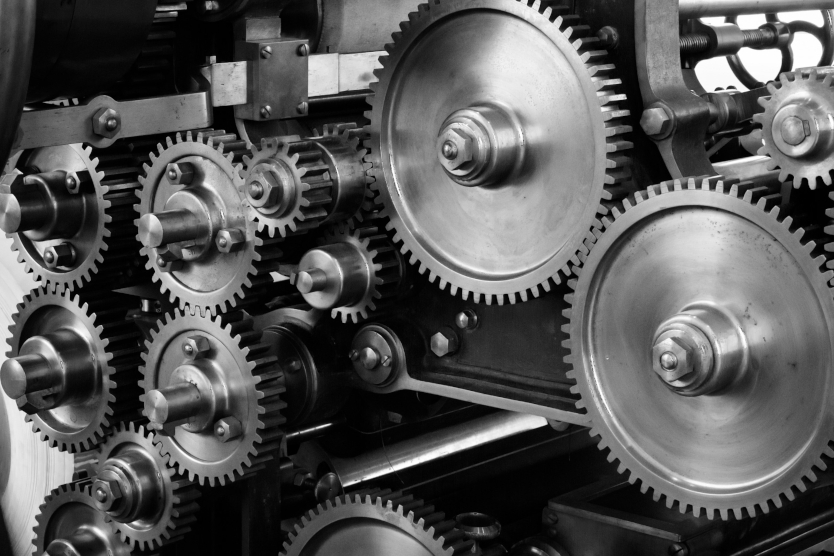
Linking electricity, heat and gas sector-coupling provides for a more efficient and climate-friendly use of energy - while ensuring turning gears in the industry.
© Pixabay
With the German Energiewende setting the tone, the federal state of Thuringia is also seeking to reduce its CO2 emissions by up to 80% by 2040 compared to 1990. Being the second largest producer of CO2 in Germany, especially the industrial sector offers considerable opportunities to reduce carbon emissions.
Achieving a zero-carbon industrial production is therefore also the goal of the collaborative project Zero Carbon Cross Energy System, or ZO.RRO in short. Under the direction of scientists from the Technische Universität Illmenau (TU Ilmenau), the energy supply required for manufacturing along the entire value-added chain is to be optimised with regard to this goal. The entire network of electricity, heat and gas grids, as a whole, will be taken into consideration in order to achieve synergy effects by coupling the sectors and to increase hidden savings potential. The focus will specifically be on so-called “system services”, which so far have received little attention. This refers to the services provided by energy suppliers and grid operators to ensure an uninterrupted supply of energy for consumers: maintaining frequencies or managing bottlenecks is important for ensuring the continuous operation of machines ‒ but this also indirectly produces further CO2 emissions as a result.
The project, which will be funded over a period of three years by the Federal Ministry for Economic Affairs and Energy (BMWi) until mid-2021, is to be geared primarily to the characteristics of the medium-sized industry in Thuringia. Once the project has been completed, the system developed could become a model for similar regions.


